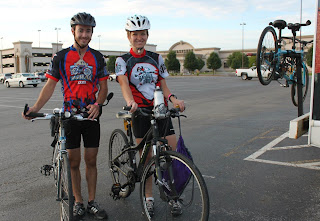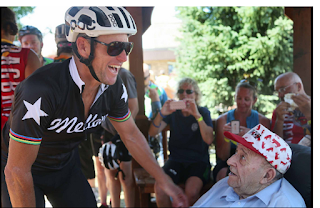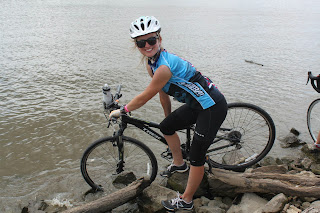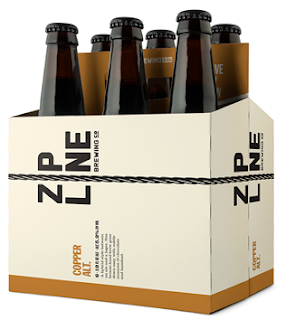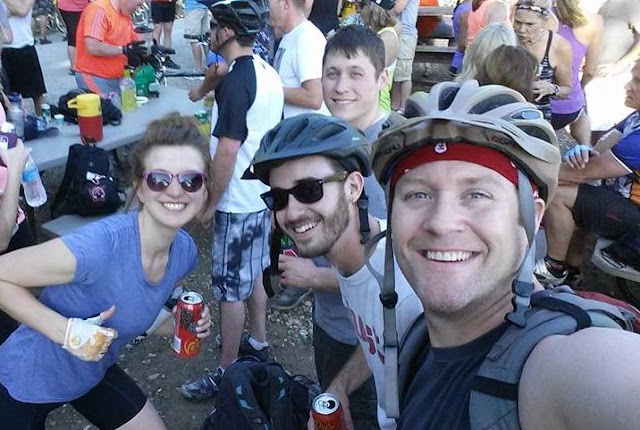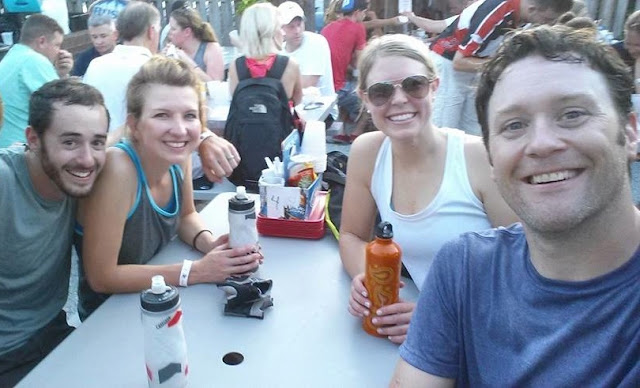People oftentimes ask me for advice when it comes to purchasing a new bicycle.
I usually preface what I say with, “Well I’m no expert, buuut…” And then I ask them a series of questions, many of which they’ll likely be asked by their potential bike store sales rep.
For what purposes do you intend to use your bike?
This is a big one because there is an array of bike styles to choose from, and you should be aware of your options.
Road Bikes
If you plan on doing a lot of pavement riding, a road bike is the way to go. Here’s why:
- These suckers are built for efficiency and aerodynamic riding. They are lighter in weight than mountain or hybrid bikes and have ultra thin tires to minimize friction/resistance on the pavement.
- They have drop-bar handlebars that put the rider into the best position for efficiency—offering an unparalleled variety of ergonomic hand positions, which is crucial for comfort on long rides. Cycling too long with your hands in a fixed position can cause nerve damage, which is no bueno.
 |
| Here's a photo of my sexy lady: a 2015 Cannondale Synapse Women's 105 5 Photo credits: bicycleranch.com |
Mountain Bikes
- These bikes are perfectly designed for rough, off-road trails. The tires are big with lots of tread so they can tackle the most rugged of surfaces.
- They have shocks to absorb the sting of rocky riding, and to give you more control when climbing boulders and ledges (Because you can totally do that! Easy!).
- Unlike road bikes, these have flat or upright handlebars that promote stability and control on non-paved surfaces. The range of gears is lower, as well, making it easier to go up steep trails.
 |
| 2015 Trek Fuel EX Photo credits: trekbikes.com |
Hybrid Bikes
- Acting as a “hybrid” between a mountain and a road bike, this bike can be ridden on both paved and unpaved surfaces.
- The tires have more tread than a road bike so it can handle unpaved bike trails, but not so much that it will slow you down on more smoothly paved streets.
- The upright handlebars and wider seats promote a more leisurely ride than a road bike, making this a great bike for shorter rides through town or on the bike trail.
 |
| 2015 Trek Neko S (I ride the 2013 model of this lady and love it) Photo credits: trekbikes.com |
City Bikes
- Much like the hybrid bike (for it truly is a type of hybrid), the features on this bike also meet half-way. Tires are smooth enough for the paved city streets, but durable enough for those rougher side streets. The thicker tread helps prevent flat tires as well (glass, debris, etc).
- These bikes put you in a very casual upright position. Not meant for distance or speed, but comfort and ease!! You don’t need to change into biking gear to ride on one of these.
- Jeans work just fine, or slacks if you’re riding to the office.
- Fenders, mud flaps and chain guards prevent you from getting dirty while you ride. This is important if you’re going on a first date. (dummy! Don’t ride your bike to a first date!)
- Front basket or rear saddle bags can easily be attached. Great for trips to the store or to class!
 | |
| 2015 Giant Alight City Photo credits: giant-bicycles.com |
Unicycles
After you've determined what style of bike you want, the next important question is:
What's your budget?
Unless you're simply planning on riding your bike to the gym and back and nothing beyond, I highly recommend you set aside at least $400–$500 dollars to find yourself a durable machine that will fit your body and your needs.
However, the more you can set aside, the better. Bike quality is based largely on the make-up of the machine—frame material, components, tires, etc. Newer models of some the more popular bike brands, such as Trek, Cannondale, Giant and Specialized, generally start at about $600 and can get as high as $3,000. I always encourage people to keep an eye out for sales. Plus, many bike shops have a clearance section for their "older" models, i.e., a new model of the same bike was released, and they're trying to ween out the models from the previous year.
A Few More Words of Advice
Make sure you test ride several bikes.
One size/style does not fit all! You need to find what works with your body and your riding style. If your wrists, elbows, neck, etc. are in pain within 5 minutes of riding, it's probably not the right bike for you. Just know there is one out there for you—you just have to find it!
Plan to purchase some accessories.
You're going to also need the following items:
- Helmet ($40–$100)
- Lights—front & rear ($30)
- Bike shorts—you're going to want these if you plan on doing any rides over 10 miles. Trust me when I say saddle soreness if not fun! ($50–$120)
- Water bottle cage ($15–$25)
- Chain lube ($5)
- Bike pump ($25–$50)
- Spare bike tubes ($20 for a 3-pack)
 |
| By the time you're all done bike/accessory shopping, hopefully your smile will be just as big as mine was. |
Happy bike shopping! Cheers!



